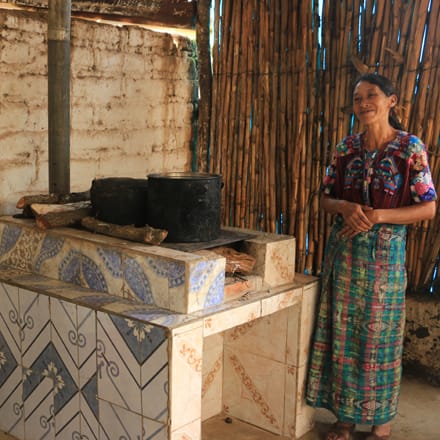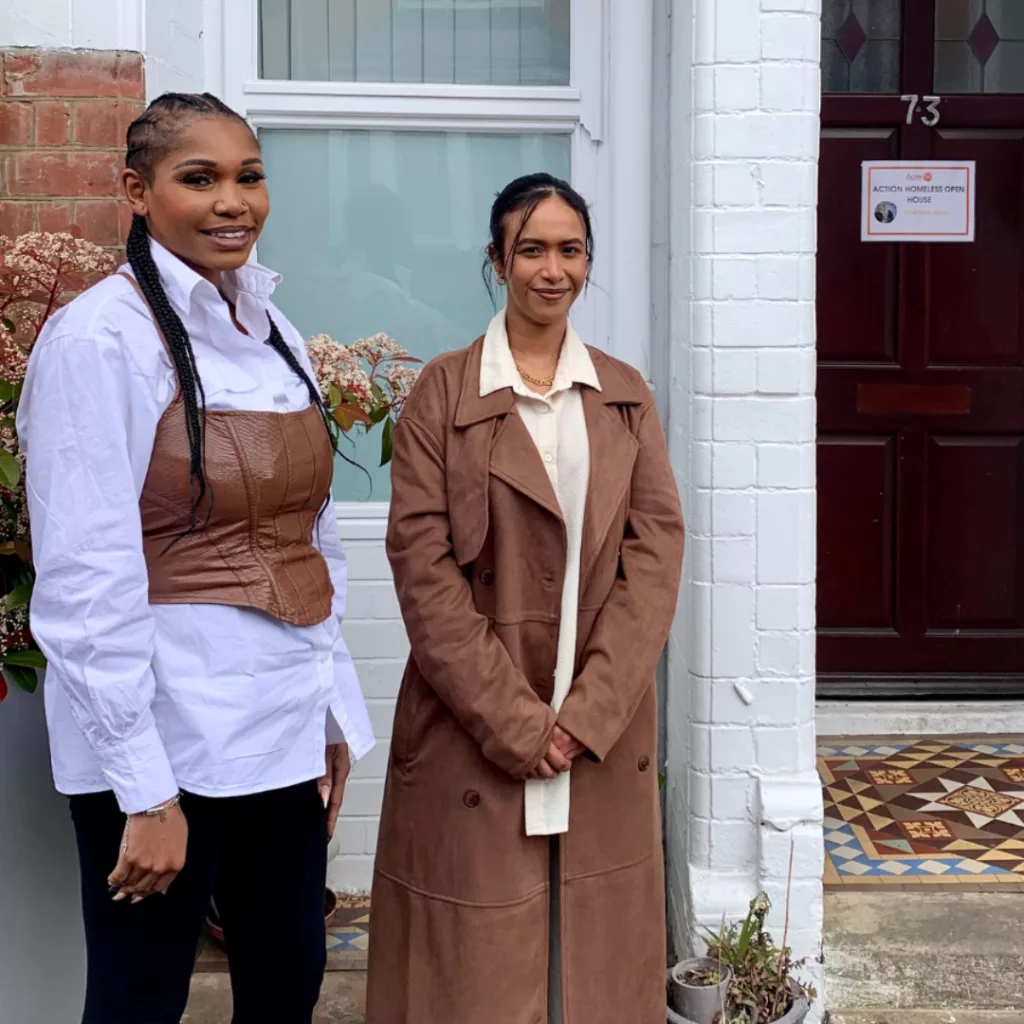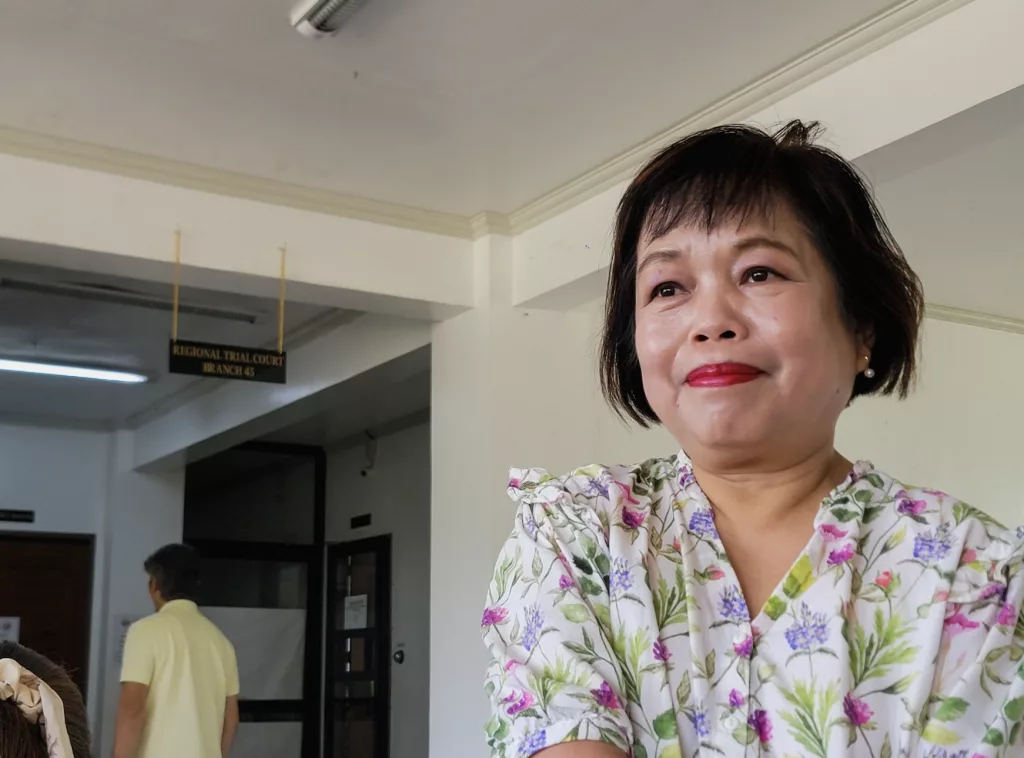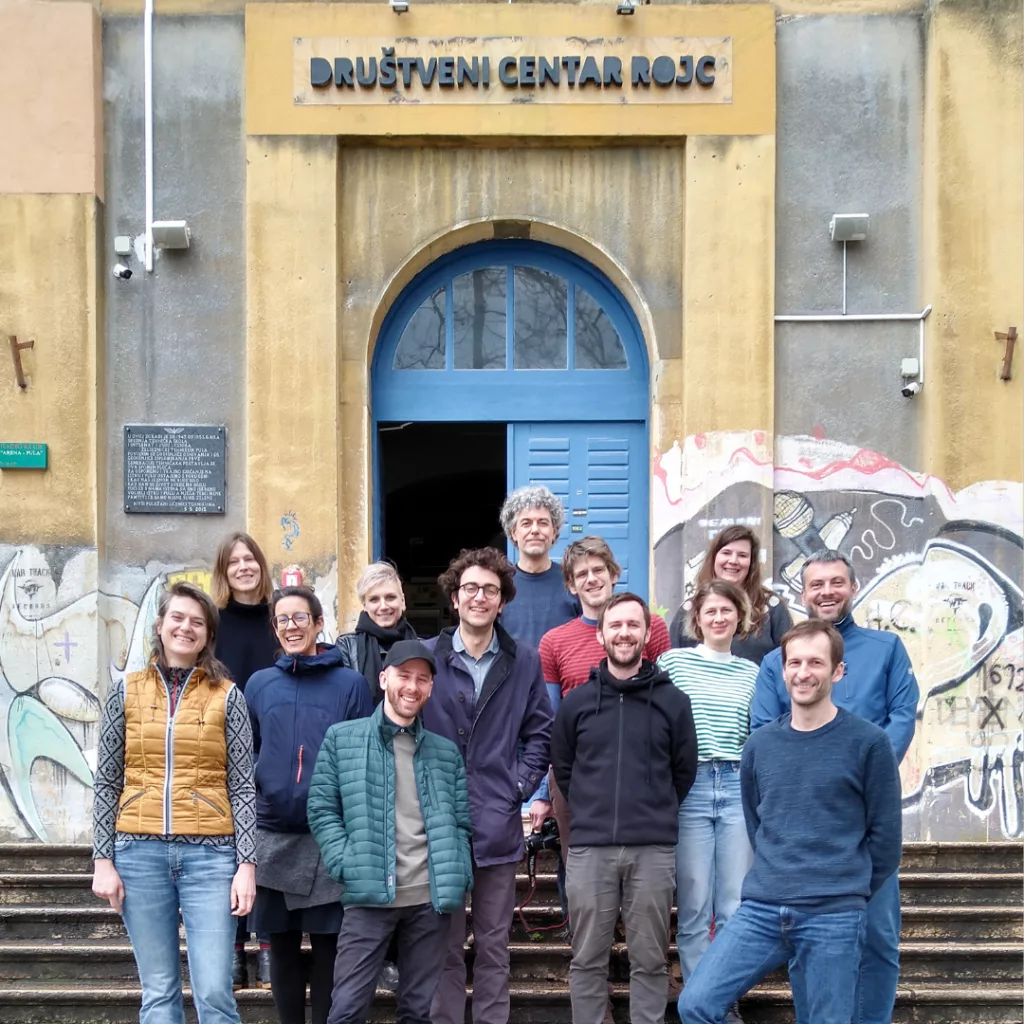Growing up in the UK, I always took clean water for granted. There was never any danger that it would make me sick. In Guatemala, a massive 95% of water sources are contaminated, and five of the 20 most common causes of death are related to this. Every single day, children drink this water – not surprisingly, Guatemala suffers the highest number of child deaths in Central America.
In rural areas especially – where unusually, well over half (60%) of the population still lives – waterborne diseases are just one of the many health challenges faced by families. High levels of sickness, respiratory illness and a limited diet can all be linked to the stunted growth of children here.
We spent two days with Habitat for Humanity Guatemala to see how they’ve taken on the incredible challenge of tackling these issues and improving the health of families living in extreme poverty.
To put the scale of this challenge into context – Guatemala suffered a 36-year civil war ending in 1996. Thousands of mainly rural Maya farmers were targeted – villages were destroyed and over a million people became refugees or displaced within the country. Indigenous communities continue to experience extreme inequality. Disproportionately, around four in every five (79%) live in poverty compared to just over half of the general population of 17.5 million people.
Habitat Guatemala has developed a number of solutions – simple installations in the home – which have a significant and immediate impact on health. These ‘Healthy Home Kits’ comprise a stove, water filter and sanitary latrine. Along with training on maintenance and cleaning, self-esteem and financing, the Kits have so far improved the lives of more than 300,000 people.
This staggering achievement hasn’t been easy. Guatemala has a history of NGO intervention and charitable giving. The Habitat Guatemala approach is different in that they ask families to make a small financial contribution and ‘sweat equity’ – taking part in construction of adobe blocks and providing materials and labour. In communities so used to being ‘gifted’ products this has been a process of changing mindsets. By participating in the build, families have been able to better meet their own needs and work together as a community.
Despite the difficulties, Habitat Guatemala has persevered and now works with communities in all 22 departments of the country.
Existing community leaders – almost always women – have been key to this success. By seeking out the ‘spine’ of each community they have used existing networks to encourage the spread of the products, explaining the benefits and bringing people together. They already have the knowledge of who has the need, where and how people live, and crucially, are able to speak local Mayan languages.
Every woman we met proudly showed off their new stove, explaining how they now use less than half the firewood than before, and no longer worry about smoke in their eyes and lungs. Their children have stopped drinking dangerously unclean water. And they now have the privacy and cleanliness of their own toilet. These simple interventions can be life-changing, and ultimately, life-saving.
We visited families in San Lucas Tolimán, a town on the shore of Lake Atitlán where over 90% of people are Highland Maya. Data collected here speaks for itself – before and after monitoring shows an 83% reduction in respiratory illness after six months and an 81% reduction in cases of diarrhoea within the first year. Household carbon monoxide levels have gone from ‘dangerously high’ to ‘zero’ in almost all cases.
Sadly however, poverty and inequality are still rising – more and more families are unable to meet even their most basic needs. With ambitious goals to increase the number of people reached each year, Habitat Guatemala continues to fight the battle.




